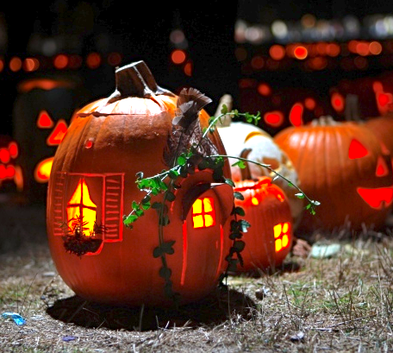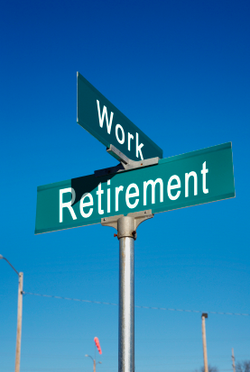
This Halloween, don't be tricked by things that go "boo" around the house. Falls and fires make up the lion's share of fatal and non-fatal household injuries for older people... but a surprising number of "hidden hazards" can send them to the hospital or worse. Here are five significant -- and preventable -- goblins that can spook people aging at home:
1. Carbon monoxide poisoning. According to the U.S. Fire Safety Administration, each year, more than 150 Americans die from accidental non-fire related carbon monoxide (CO) poisoning from faulty, improperly used or incorrectly vented fuel-burning appliances such as furnaces, stoves, lanterns, water heaters and fireplaces. Symptoms of CO poisoning include headache, nausea and drowsiness. Older adults (along with children and people with heart and lung conditions) are at greater risk due to their physical condition. Plus, older people are more likely to misuse heaters; turn on the oven for warmth; find it harder to maintain the furnace, fireplace and water heater; and live in older houses with older systems and, perhaps, fewer alarms. They also might not hear an alarm sound or they might sleep through it.
Trick or treat: Put alarms near carbon-monoxide sources and bedrooms. Look for models that also emit flashing lights or that can vibrate the bed to wake up sleepers. Odorless carbon monoxide makes you even more groggy.
2. Food poisoning. According to the Centers for Disease Control and Prevention, every year 48 million persons get sick, 128,000 are hospitalized, and 3,000 die from foodborne infection and illness in the United States. Many of these people are children (who have immature immune systems) or older adults (who have weakened immune systems, or are on medications that weaken their resistance) who can't fight infection normally. Older adults must be vigilant when handling, preparing, and consuming foods. That's harder if you can't shop as often as you used to, and you can't sniff out rotten food, read the past-due date, or afford lots of fresh food. (Plus, sometimes food that's gone bad doesn't look or smell bad.) Thrifty older people are also loathe to throw things out.
Trick or treat: The U.S. Dept. of Agriculture gives this basic advice:
Clean - Wash hands and surfaces often.
Separate - Don't cross-contaminate. Keep raw meat and poultry apart from cooked foods.
Cook - Use a food thermometer to be sure meat and poultry are safely cooked.
Chill - Refrigerate or freeze food promptly.
3. Medication overdose or interaction. Older people can take so many prescription drugs (plus over-the-counter drugs and supplements, sometimes unknown to their doctors), that overdosing and drug interactions increasingly send them to the hospital... or worse. Older people don't absorb drugs as well as younger people and their livers and kidneys don't get rid of toxic waste as easily. Some drugs also interact with food.
Trick or treat: To help prevent problems, keep an updated list of medications and take everything in a bag for a doctor's review at least once a year. Talk to the doctor about complications or side effects, and do not renew prescriptions unless instructed. Set up a reminder system to help take the proper dose on the recommended schedule. Also toss drugs that are no longer need or past their expiration dates.
4. Scalding injuries. Hot liquids can burn like fire. Steam heat is a real peril for thin older skin. Older people are vulnerable because their reaction times are slower; they might not be able to get out of the way of hot liquids or steam as quickly as a younger person. With weak hands or tremor, they might spill hot drinks on themselves, or have problems taking heavy cooking dishes out of the microwave oven.
Trick or treat: Age-proofing to make the kitchen safer will help, as will insulating under-sink pipes with which you might make contact (for example, when seated in a wheelchair). Be sure to set the hot-water heater to at most 120 degrees Fahrenheit (49 degrees Celsius).
5. Shock. Houses with older wiring, run-down appliance cords, and wet areas without ground-fault circuit interrupters, may expose older people to the risk of electrical shock. That's hard on people who might have weak hearts. Electrical shocks can also cause burns, as well as seizures severe enough to throw people to the ground. When that happens, brittle older bones are more likely to break.
Trick or treat: Bring in a licensed electrician to check wiring, fix frayed lamp cords, make sure the dishwasher wiring is safe, and install ground-fault circuit interrupters in all wet areas -- most likely by the kitchen and bathroom sinks. It's worth it.
Are you ready for Fright Night? Please light any outdoor porches and pathways to help young trick or treaters. And make a list of things you can do to avoid falling prey to these hidden home hazards.



 RSS Feed
RSS Feed